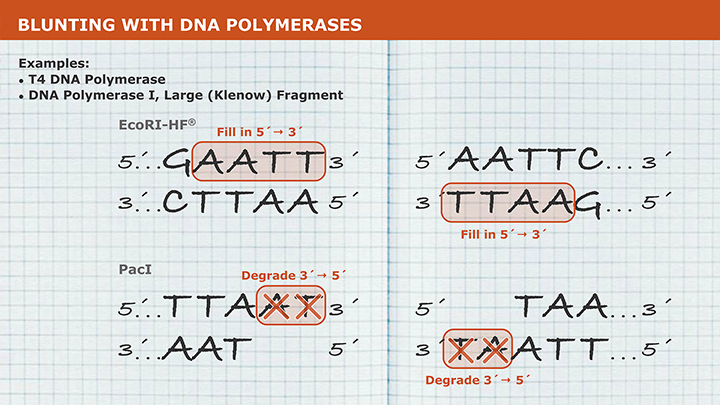

The reader of this manual will be excellently informed about the fundamental principles of PCR and the true potential of PCR within clinical laboratory practice. Further, many important technical issues have been addressed, including types of PCR template material, PCR optimization, the analysis of PCR products, quality control and quality assurance, variants and adaptations of the standard PCR protocol, quantitative PCR and in situ PCR. This manual aims to provide the reader with a guide to the standard PCR technique and its many available modifications, with particular emphasis on the role of PCR techniques in the diagnostic laboratory (the central theme of this manual). The main function of the Klenow fragment is to undergo DNA synthesis by the 5 to 3 polymerase activity. Here, the largest fragment is the Klenow fragment that contains 5 to 3 polymerase and 3 to 5 exonuclease (proofreading) activity domains. However, this approach limits their appreciation of the range of versatile PCR techniques currently available, techniques that may be applicable and indeed more suitable to their own laboratory situation. Usually, this digestion produces two fragments, a large fragment and a small fragment. as high throughput testing methodologies to detect minimum residual disease, the presence/absence of specific pathogens etc), as well as to increase our understanding of fundamental disease processes.įrequently, PCR technicians and specialists limit their understanding of PCR to one particular methodology. Further, these techniques are being applied at the diagnostic level (e.g. Since its "discovery", multiple adaptations and variations of the standard PCR technique have been described, with many of these adaptations and variations currently being used in clinical, diagnostic and academic laboratories across the world.

coli genomic DNA using oligonucleotide primers corresponding to the 16S rRNA locus.Kary Mullis was awarded a Nobel Prize for inventing the PCR technique more than 15 years ago in 1993. Stop the reaction by heating at 75☌ for 10 min. Mix thoroughly, spin briefly and incubate at 37☌ for 10 min. coli contamination is evaluated using 5 µl replicate samples of enzyme solution that are denatured and screened in a TaqMan qPCR assay for the presence of contaminating E. 10X reaction buffer for Klenow Fragment 2 µL dNTP Mix, 2mM each (R0241) final concentration) Klenow Fragment 0.1-0.5 µL (1-5 U) Water, nuclease-free (R0581) to 20 µL Total volume 20 µL 2. Single-stranded exonuclease is determined in a 50 µl reaction containing a radiolabeled single-stranded DNA substrate and 10 µl of enzyme solution incubated for 4 hours at 37☌.ĭouble-stranded exonuclease activity is determined in a 50 µl reaction containing a radiolabeled double-stranded DNA substrate and 10 µl of enzyme solution incubated for 4 hours at 37☌.ĭouble-stranded endonuclease activity is determined in a 50 µl reaction containing 0.5 µg of plasmid DNA and 10 µl of enzyme solution incubated for 4 hours at 37☌.Į. Purity is assessed by comparing the aggregate mass of contaminant bands in the concentrated sample to the mass of the band corresponding to the protein of interest in the diluted sample. Physical purity is evaluated by SDS-PAGE of concentrated and diluted enzyme solutions followed by silver-stain detection. Protein concentration is determined by OD 280 absorbance. Reactions were incubated 10 minutes at 37☌, placed on ice, and analyzed using the method of Sambrook and Russell ( Molecular Cloning, v3, 2001, pp. Dilutions of enzyme were made in a glycerol (50%) containing Klenow (3ʹ→5ʹ exo–) storage solution and added to 50 µl reactions containing calf thymus DNA, 1x Blue Buffer, 3H-dTTP and 100 µM dNTPs.
#Klenow fragment molecular weight serial#
Unit activity was measured using a twofold serial dilution method.


 0 kommentar(er)
0 kommentar(er)
